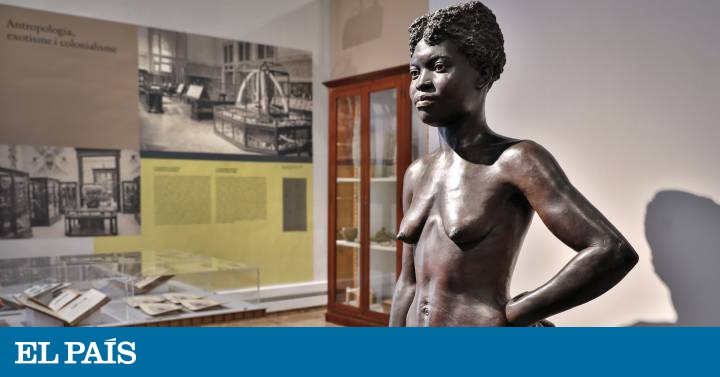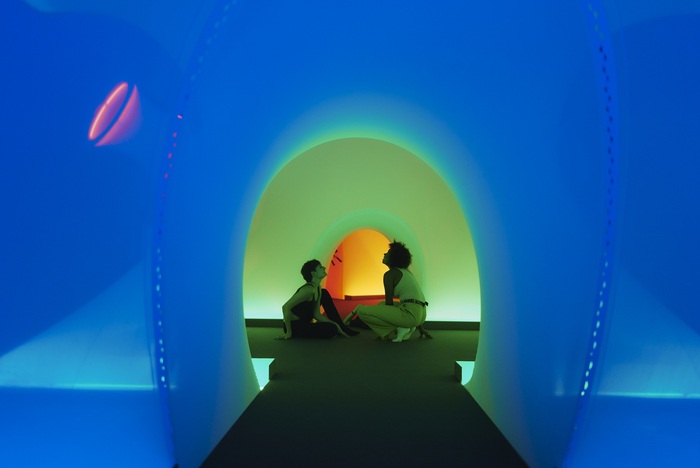Joseph Conrad was a "great racist" and the description of the black populations in his famous novel The Heart of Darkness functioned as a mere decoration of important plots, that of whites in Congo. The great Nigerian writer Chinua Achebe launched in 1975 this criticism of the colonialist and primitivist vision of Africa of one of the masterpieces of literature. It is still discussed about her. Professor of Philosophy and Professor of Anthropology, Nicolás Sánchez Durá, argues that the starting point of the African author of Everything falls apart is wrong, because there is no single description of the black population in the book adapted by Francis Ford Coppola in his film Apocalypse Now ; and, above all, because, the Polish-British author did not intend to reflect that “supposed primitivism of blacks, but the one that beats in all of us and can emerge, under a layer of civilization, in borderline situations”.
MORE INFORMATION
- Blacks do not build palaces and other racist and false theories of archeology
- The coverage of terrorism in Africa: "modern racism"?
In any case, Durá has brought up Achebe's words, not so much to repeat the controversy as to illustrate the vision that Hollywood movies gave of Africa, in which there is no doubt that the population is just an exotic setting , wild, menacing, for the adventures of whites on the black continent. He explains it in the last room of the Let's bring blacks home exhibition . Colonial imagination and forms of graphic approximation of the blacks of Africa (1880-1968), between sequences of films such as King Solomon's mines and between publications in which the supposed rationality deficit of African populations was discussed. It is the case of the magazine Africa, of the general direction of Morocco and Colonies of the Francoist Government, dedicated in 1953 to study the mental level of the indigenous people of Guinea. "But in 1964, in England, when political emancipations have already taken place in many African countries, this anthropological debate about the rationality of the African population still occurs," the curator of the sample recalls, in a perplexed tone, It is exhibited at the Nau of the University of Valencia until May 18.
The idea of the exhibition came when the curator of the same, Hasan G. López, a university professor, found some photographs in an antique shop. They were not identified and appeared black at a fair in Spain. They turned out to be from Valencia. From there López and Durá pulled the thread to gather 400 objects, images (some unpublished), posters, maps, films and documents in order to show how Spain joined fashion ethnic exhibitions, popularly known as "zoos humans "and that proliferated through nineteenth-century Europe and into the twentieth century.
Images of the Ashanti town of Madrid and Barcelona (1897), of the Ibero-American Exhibition of Seville (1929) or that of the Fang natives of Guinea in Valencia (1942) are displayed. They are photographs and posters that served to cement popular racism since the late nineteenth century. Today they can produce blushing, indignation and some disbelief, but it hasn't been long since they were exhibited normally. A large map of Africa recalls the Berlin conference, held between 1894 and 1985, in which the Western powers divided Africa.
If in the European samples the "spectacle of the unknown, of the animal, of the wild" prevailed, following the topics of a black population that is represented as primitive, exotic and hypersexualized, in the ethnic samples of Spain they are an expression of the task civilizing and missionary through the work of the Guinean populations that were exploited by the timber industry. Keep similarities with the conquest of America, says Durá. A postcard synthesizes that purpose: a huge trunk appears next to the settler or foreman, a priest and a Guinean worker, yes, wearing a spear and loincloth, next to the logging of the logging union.
A wire whip with metal spikes and shackles of the nineteenth century receive visitors in this critical exhibition that reviews stereotypes of racism with works from the University of Valencia, the National Library and the National Museum of Anthropology, among other institutions , in addition to several private collections, such as those of the curators themselves.









/cloudfront-eu-central-1.images.arcpublishing.com/prisa/SUDT52YEWZGCTHYHZ5PBLT4YZU.jpg)